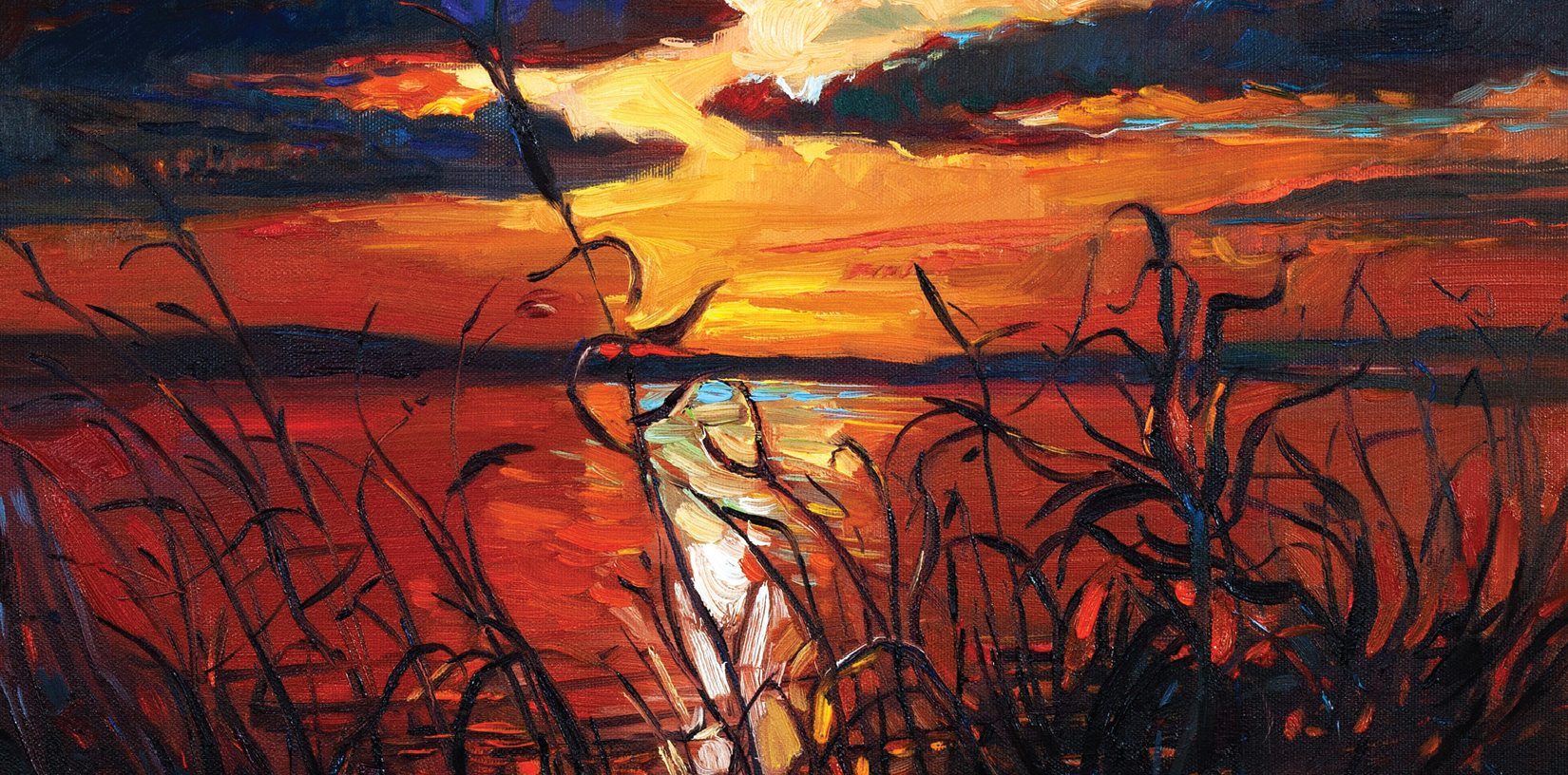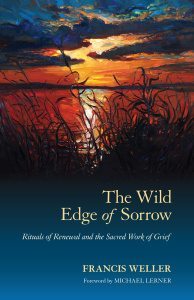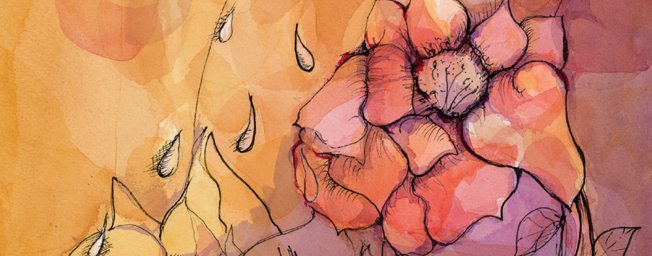
The Inevitability of Grief and the Art of Living Well
Categories: Excerpt Psychology & Personal Growth
Excerpt from The Wild Edge of Sorrow by Francis Weller
Tags: Grief & Loss Francis WellerTo and from the Soul’s Hall
No one escapes suffering in this life. None of us is exempt from loss, pain, illness, and death. How is it that we have so little understanding of these essential experiences? How is it that we have attempted to keep grief separated from our lives and only begrudgingly acknowledge its presence at the most obvious of times, such as a funeral? “If sequestered pain made a sound,” Stephen Levine says, “the atmosphere would be humming all the time.”
It is the accumulated losses of a lifetime that slowly weigh us down—the times of rejection, the moments of isolation when we felt cut off from the sustaining touch of comfort and love. It is an ache that resides in the heart, the faint echo calling us back to the times of loss. We are called back, not so much to make things right, but to acknowledge what happened to us. Grief asks that we honor the loss and, in so doing, deepen our capacity for compassion. When grief remains unexpressed, however, it hardens, becomes as solid as a stone. We, in turn, become rigid and stop moving in rhythm with the soul. When we are in touch with all of our emotions, on the other hand, we are more verb than noun, more a movement than a thing. But when our grief stagnates, we become fixed in place, unable to move and dance with the flow of life. Grief is part of the dance.
As we begin to pay attention, we notice that grief is never far from our awareness. We become aware of the many ways it arrives in our daily lives. It is the blue mood that greets us upon waking. It is the melancholy that shades the day in muted tones. It is the recognition of time’s passing, the slow emptying of our days. It is the searing pain that erupts when someone close to us dies—a parent, a partner, a child, a beloved pet. It is the confounding grief when our life circumstances are shattered by the unexpected—the phone rings with news of a biopsy; we find ourselves suddenly without work, uncertain as to how we will support our family; our partner decides one day that the marriage is over. We tumble and fall as the ground beneath us opens, shaken by violent rumblings. Grief enfolds our lives, drops us close to the earth, reminding us of our inevitable return to the dark soil.
We are laid low by grief, taken down below the surface of the world, where shadows and strange images appear. We are no longer moving in our brightly lit, daytime existence. Grief punctures the solidity of our world, shatters the certainty of fixed stars, familiar landscapes, and known destinations. In a breath, all of this can be shaken, will be shaken, by an unexpected loss. In this place, everything moves slowly—time, body, thought. Grief feels like it will never pass. This brings us great fear. We worry that this house of sorrow will be our final resting place, that our days will always be overcast, gray, and dulled by the sadness we carry. We have the sense that we are on a slow walk with no obvious direction. Fortunately, grief knows where to take us; we are on a pilgrimage to soul.
It is challenging to honor the descent in a culture that primary values the ascent. We get anxious when things go down. Even within psychology, there is a premise that is biased toward improvement, always getting better, rising above our troubles. We hold dear concepts like progress and integration. These are fine in and of themselves, but it is not the way psyche works. Psyche, we must remember, was shaped by and is rooted in the foundations of nature. As such, psyche also experiences times of decay and death, of stopping, regression, and being still. Much happens in these times that deepen the soul. When all we are shown is the imagery of ascent, we are left to interpret the times of descent as pathological; we feel that we are somehow failing. As poet and author Robert Bly wryly noted, “How can we get a look at the cinders side of things when the society is determined to create a world of shopping malls and entertainment complexes in which we are made to believe that there is no death, disfigurement, illness, insanity, lethargy, or misery? Disneyland means ‘no ashes.’ ”
When we were able to see times of loss as inevitable and, in a very real way, necessary, we are able to engage these moments and cultivate the art of living well, of metabolizing suffering into something beautiful and ultimately sacred. It may be strange to imagine grief leading to beauty, but imagine, for a moment, the shining face of someone who has just released his or her cup of tears standing before us naked and cleansed. We are seeing someone as beautiful as Botticelli’s Venus or Michelangelo’s David.
It feels somewhat daunting to step off into the depths of grief and suffering, yet I don’t know of any more appropriate way to undertake the journey of reclaiming soul than by spending time at the grief shrine. Without some measure of intimacy with grief, our capacity to be with any other emotion or experience in our life is greatly compromised.
Coming to trust this descent into the dark waters is not easy. Yet until we can make this descent successfully and come back up, we lack the tempering that can come only from such a deep experience. What do we find there in the well of grief? Darkness, moistness that turns our eyes wet and our faces into streams of tears. We find the bodies of forgotten ancestors, abandoned dreams, ancient remnants of trees and animals—things that have come before and that have the power to lead us to the place to which each of us will return one day when we, too, leave this life, which has been gifted to us for a short time. This descent is a passage into what we are, creatures of earth.
Excerpted from The Wild Edge of Sorrow by Francis Weller. © 2015, North Atlantic Books.




